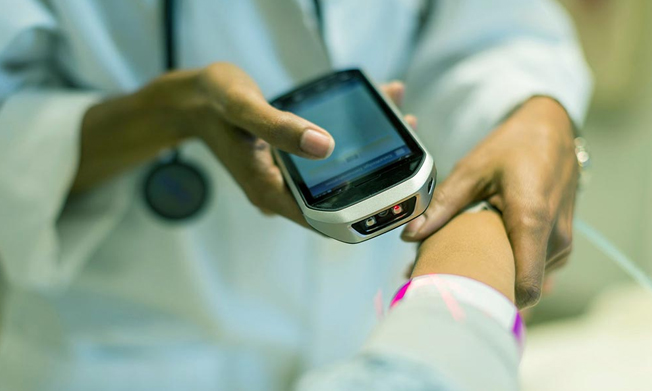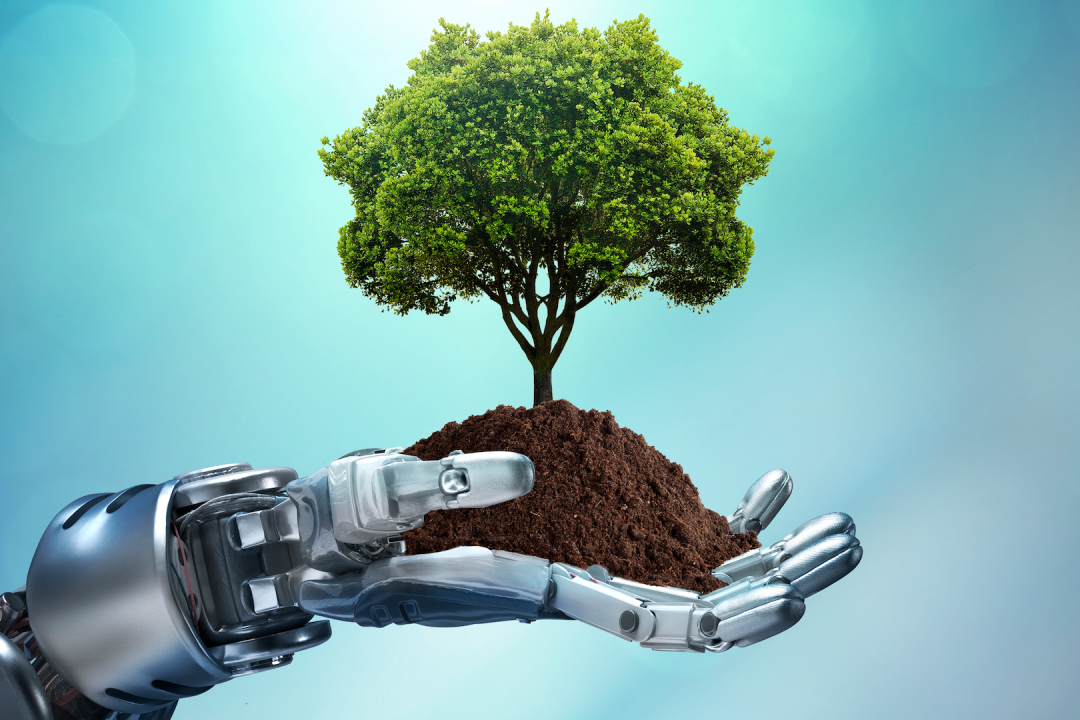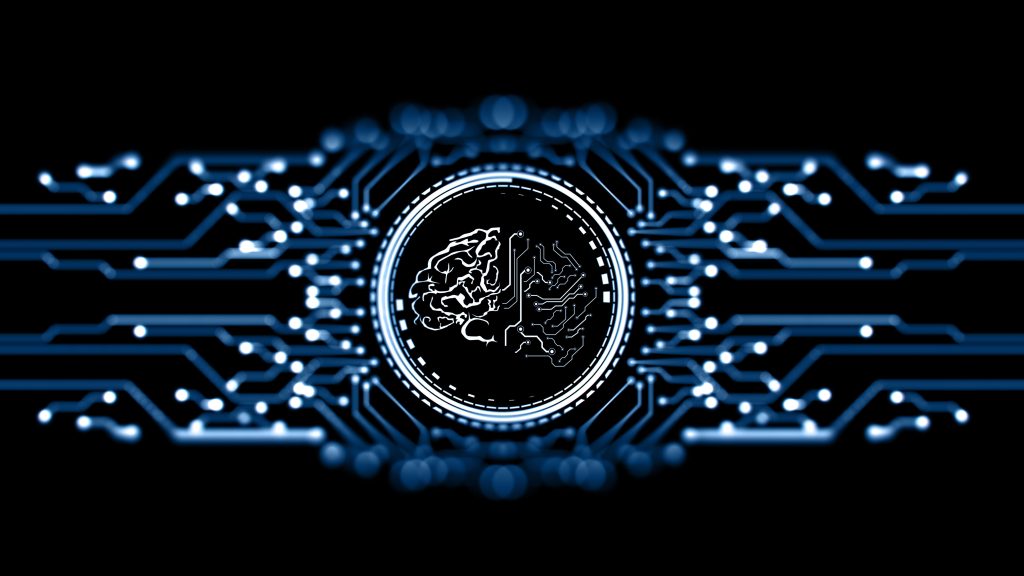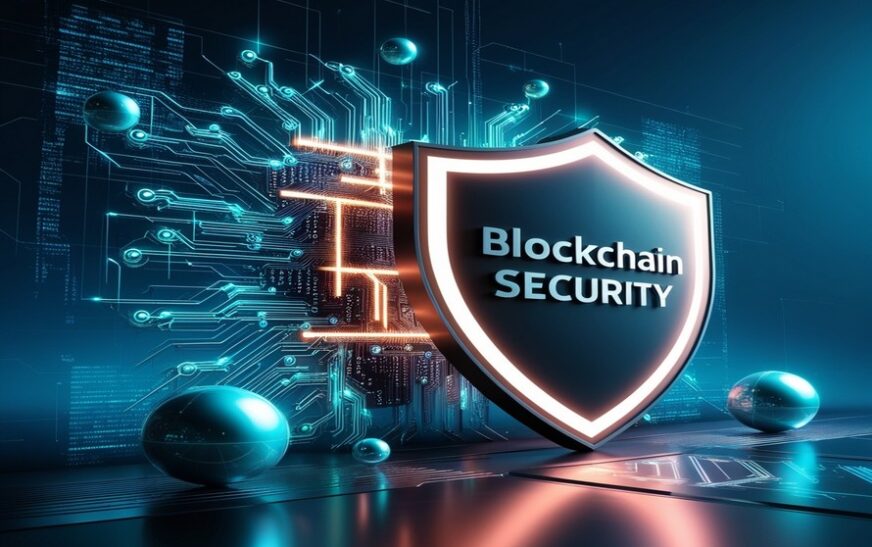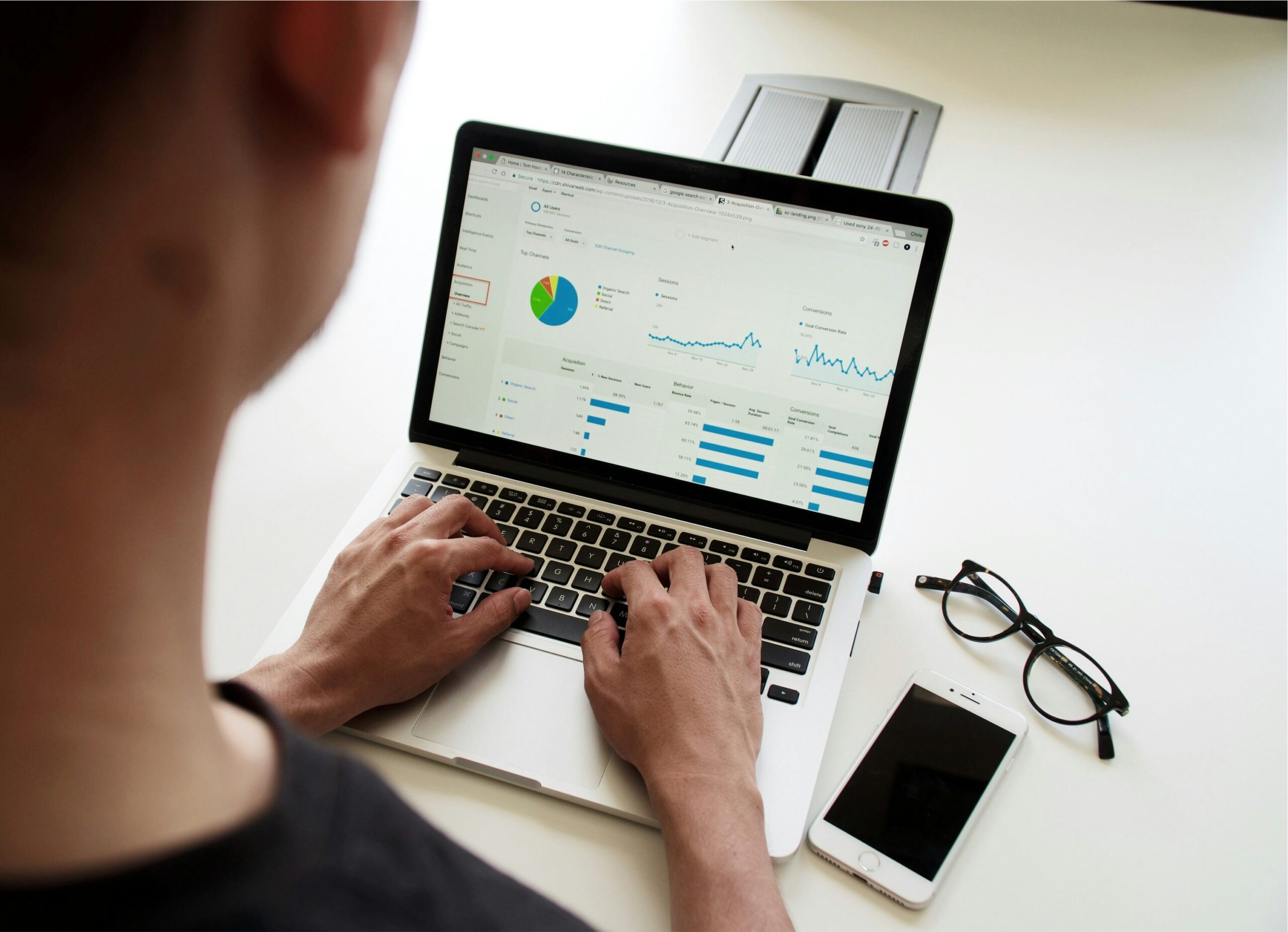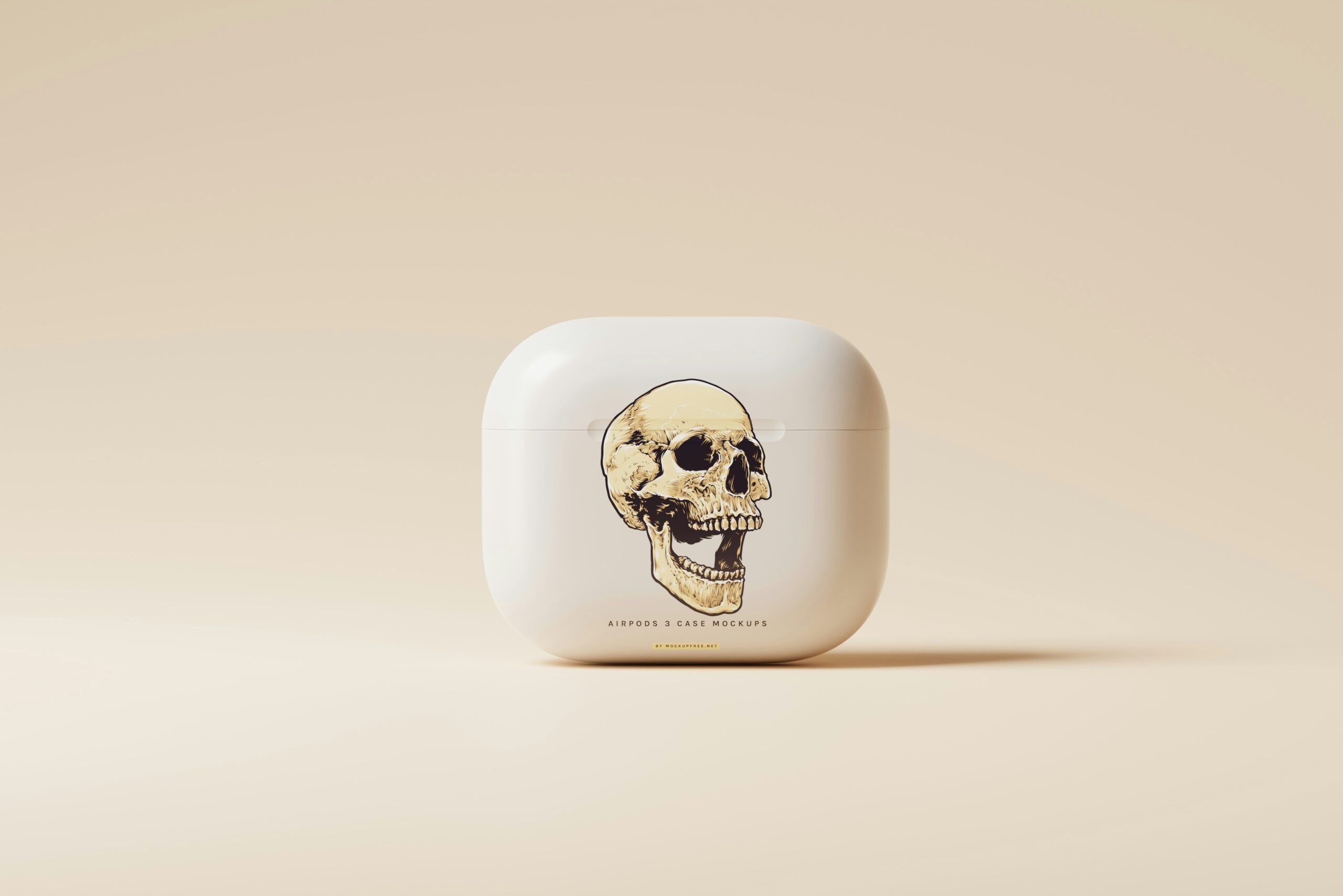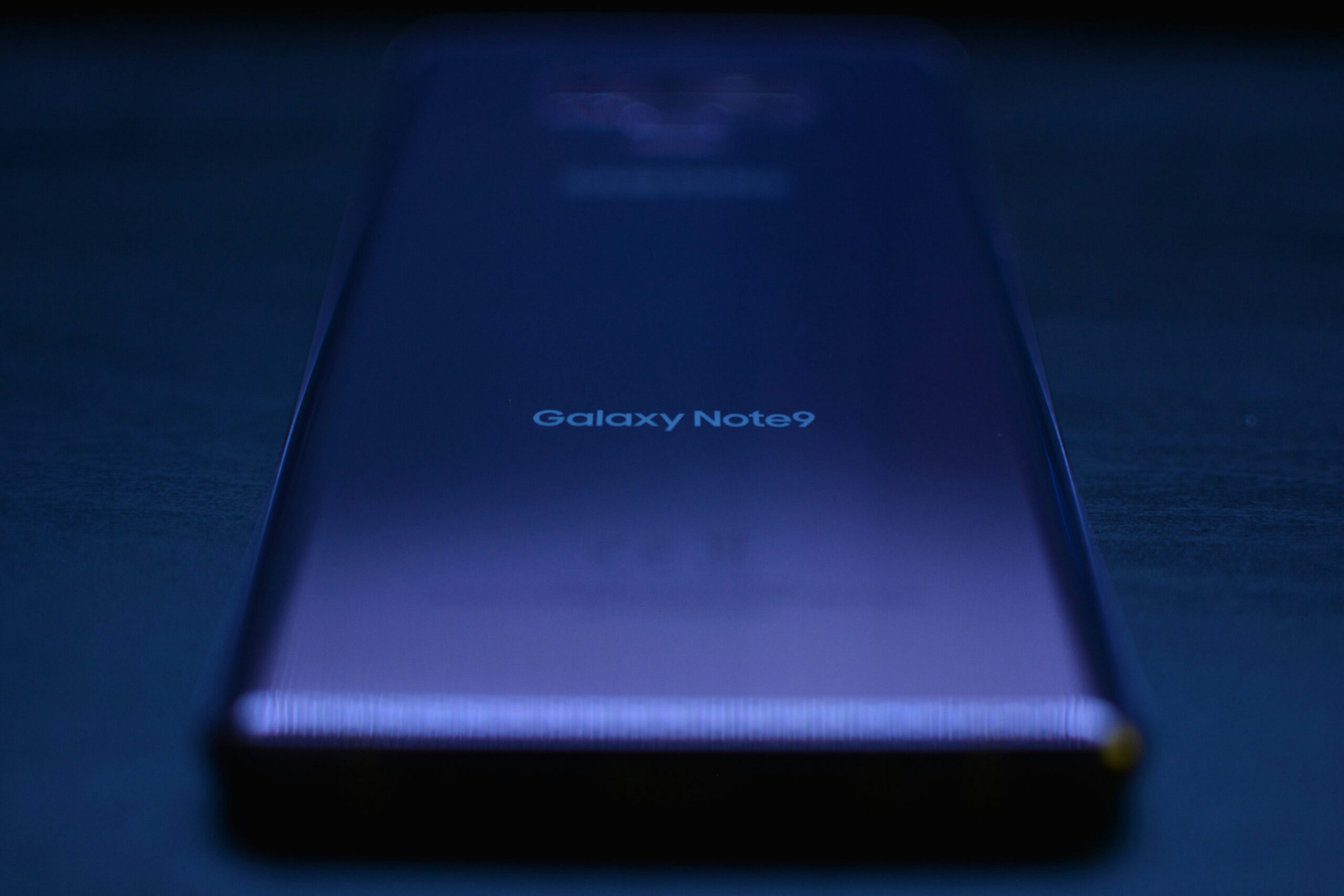The healthcare industry is undergoing a major transformation due to advances in technology, particularly wearables and telemonitoring systems. These innovations are revolutionizing the way health care is delivered, shifting the emphasis from reactive treatment to proactive, personalized care. The combination of wearable devices and telemonitoring technologies will enable continuous real-time tracking of patient health indicators, providing important insights for early diagnosis, improved disease management, and better overall patient outcomes.
This paper explores the role of wearable devices and telemonitoring in healthcare, their impact on patient care, and how these technologies are shaping the future of the healthcare industry.
1. the Rise of Wearables in Healthcare
Wearable technology has grown rapidly in recent years due to the growing demand for health-oriented devices such as fitness trackers, smartwatches, and biosensors. Initially popular among fitness enthusiasts, wearables have evolved into powerful health tools capable of monitoring a wide range of physiological parameters such as heart rate, blood pressure, oxygen levels, and sleep patterns.
1.1. Types of Wearable Devices
Wearable devices come in a variety of forms, each designed to monitor a specific aspect of health. The following are the most common types of wearable devices used in healthcare today
Fitness Trackers: Fitness trackers: Devices like Fitbit and Garmin monitor physical activity, heart rate, and sleep patterns, providing users with real-time data on their fitness and health.
Smartwatches: Apple Watch and Samsung Galaxy Watch have integrated health features such as heart rate monitoring, ECG (electrocardiogram) functionality, and blood oxygen measurement. These devices not only track fitness, but also provide valuable health insights, such as arrhythmia alerts.
Continuous Glucose Monitors (CGM): Devices such as Dexcom and Freestyle Libre are designed for diabetics to continuously monitor blood glucose levels in real time; CGM sends alerts when glucose levels are too high or too low, helping patients better help manage their condition.
Wearable ECG monitors: these devices, such as AliveCor’s KardiaMobile, provide on-demand ECGs, allowing patients to monitor their heart health and detect arrhythmias and other heart problems.
Smart Wear: Wearable technology is expanding into smart clothing such as shirts and vests that incorporate sensors to monitor respiration, muscle activity, and other vital signs. These garments are especially useful for athletes and patients recovering from injury or surgery.
1.2. how wearables are used in healthcare
Wearables are increasingly being used by health professionals to remotely monitor patients, track chronic conditions, and even diagnose diseases early. The following are some of the key applications of wearable technology in healthcare
Chronic disease management: Wearables are invaluable in managing chronic diseases such as diabetes, hypertension, and cardiovascular disease. Continuous monitoring allows healthcare providers to track vital signs and detect early warning signs, enabling timely intervention. For example, wearable blood pressure monitors can help hypertensive patients control their condition and reduce the risk of complications such as heart attacks and strokes.
Post-operative monitoring: After surgery, patients can wear devices that monitor vital signs, detect signs of infection, and alert healthcare providers to potential complications. This allows for early intervention without frequent visits.
Heart Health Monitoring: Wearable ECG monitors like the Apple Watch have the potential to save lives by detecting arrhythmias and atrial fibrillation (AFib) early. This data can be shared with physicians for further analysis to reduce the likelihood of undiagnosed heart disease with serious outcomes. Wearables with sensors that monitor breathing patterns and oxygen saturation can help diagnose sleep apnea, which often goes undetected Devices such as the Oura Ring and Whoop Strap can provide insight into sleep quality and disturbances, helping in early diagnosis and treatment.
2. telemonitoring: access to healthcare
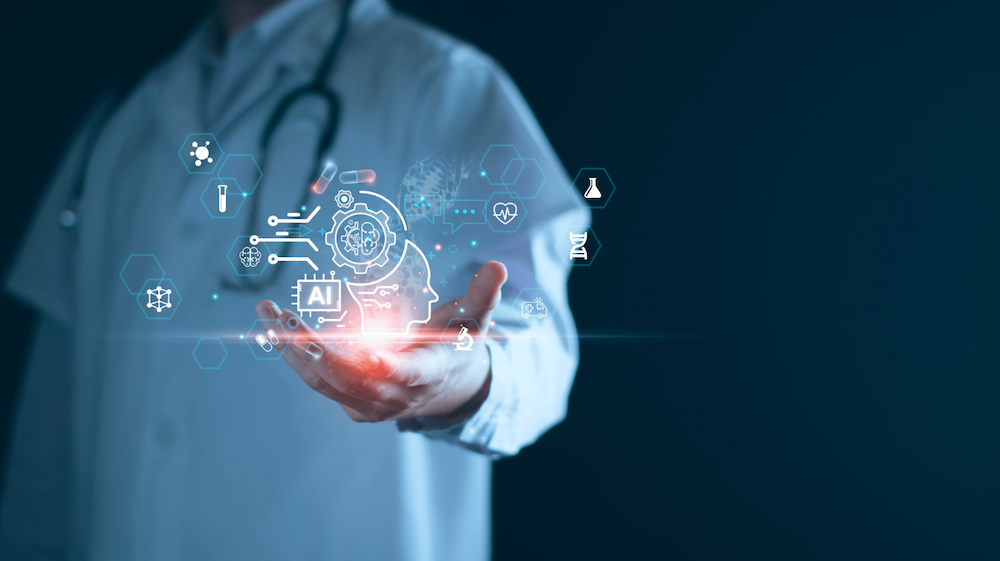
Telemonitoring: Expanding Access to Care
Remote patient monitoring (RPM) refers to the use of digital technology to collect and analyze patient health data outside the traditional clinical environment. This approach allows healthcare providers to continuously monitor a patient’s health status and make data-driven decisions without the need to see the patient in person; RPM has received increasing attention in recent years, particularly in managing chronic conditions, achieving early intervention, and improving patient outcomes.
2.1. how telemonitoring works
Telemonitoring typically involves connected devices (e.g., wearables or home sensors) that measure health parameters such as blood pressure, glucose levels, heart rate, and respiratory function. These devices transmit data to health care providers in real time or at scheduled intervals, allowing for continuous monitoring.
This data is often integrated into a digital platform or electronic health record (EHR), where healthcare providers can track trends, analyze data, and communicate with patients as needed. If a patient’s measurements fall outside of predefined ranges, an alert is triggered, prompting further action by the healthcare team.
2.2. impact of telemonitoring on healthcare
Telemonitoring has a significant impact on patient care, providing several benefits to both patients and healthcare providers
Improved access to care: Improved access to care: Telemonitoring allows patients, especially in rural and underserved areas, to receive quality care without frequent visits to health care facilities. This is especially beneficial for elderly patients and those with mobility impairments that make it difficult for them to attend in-person appointments.
Enhanced chronic disease management: For patients with chronic diseases such as diabetes, hypertension, and congestive heart failure, telemonitoring provides a means of daily health management. Healthcare providers can adjust treatment plans in real time based on the data collected, reducing the risk of complications and hospitalization.
Early detection of health problems: Continuous monitoring through wearables and remote devices can detect health problems before they become serious. For example, remote monitoring devices can alert healthcare providers to changes in a patient’s heart rate or respiratory function, allowing early diagnosis and treatment of conditions such as heart failure or respiratory infections.
Cost savings: By reducing the need for hospital visits and hospitalizations, telemonitoring can result in significant cost savings for both the patient and the health care system. In addition, healthcare providers can manage larger patient populations more efficiently.
3. wearables and telemonitoring in chronic disease management
Chronic diseases such as diabetes, cardiovascular disease, and respiratory disease are leading causes of mortality worldwide. Wearables and telemonitoring technologies play an important role in helping patients manage these conditions more effectively.
3.1. Diabetes Management
For diabetics, continuous glucose monitors (CGMs) are revolutionary. These devices provide real-time blood glucose readings, eliminating the need for frequent finger pricks; CGMs alert patients to dangerously high or low levels and help them make timely decisions regarding insulin administration and dietary adjustments.
In addition to CGMs, wearable insulin pumps can automatically administer insulin, further reducing patient burden. When combined with remote monitoring, healthcare providers can remotely track glucose levels and adjust treatment plans as needed.
3.2. Cardiovascular Health
Wearables that monitor heart rate, blood pressure, and other cardiovascular indicators allow patients with heart disease to continuously track their condition; devices such as smartwatches with ECG capabilities can detect irregular heart rhythms and alert both patients and healthcare providers, enabling early diagnosis and intervention Enabling Early Diagnosis and Intervention.
Remote monitoring systems for heart failure patients can track fluid volume, weight changes, and other signs of worsening cardiac condition to help prevent hospitalization.
3.3. Respiratory Diseases
Patients with chronic respiratory diseases such as chronic obstructive pulmonary disease (COPD) and asthma benefit from remote monitoring systems that track lung function and oxygen levels. Wearable pulse oximeters measure blood oxygen saturation and alert healthcare providers when levels are too low, allowing for timely intervention.
4. the future of wearables and telemonitoring in healthcare
The future of health care is increasingly being shaped by the integration of wearables and telemonitoring technologies. As these technologies continue to evolve, they are expected to become more sophisticated, more accurate, and more widely adopted in various areas of healthcare.
4.1. AI Integration and Predictive Analytics
The combination of wearables, telemonitoring, and artificial intelligence (AI) has great potential for predictive medicine; AI algorithms can analyze the vast amounts of health data collected by wearables to identify patterns and predict health outcomes. For example, AI-powered wearables can detect early signs of heart attack, stroke, and other life-threatening conditions before they develop.
4.2. expansion into preventive medicine
Wearables and remote monitoring systems are moving beyond disease management into the realm of preventive medicine. By continuously tracking health indicators, wearables can help individuals maintain healthier lifestyles, prevent the onset of chronic diseases, and detect potential health problems early.
4.3. interoperability and data integration
As healthcare moves toward more personalized and data-driven care, the ability to integrate data from wearables with electronic health records (EHRs) will be critical. Ensuring interoperability between wearable devices, healthcare providers, and healthcare systems will improve coordination of care and enable a more holistic approach to patient care.
Conclusion.
Wearables and telemonitoring technologies are revolutionizing healthcare by enabling continuous real-time tracking of health data, improving disease management, and enhancing access to care. From managing chronic diseases to facilitating preventive care, these technologies are transforming the way patients and providers interact and deliver healthcare services. As wearables continue to evolve, they are expected to play an even more important role in shaping the future of personalized, proactive healthcare.

